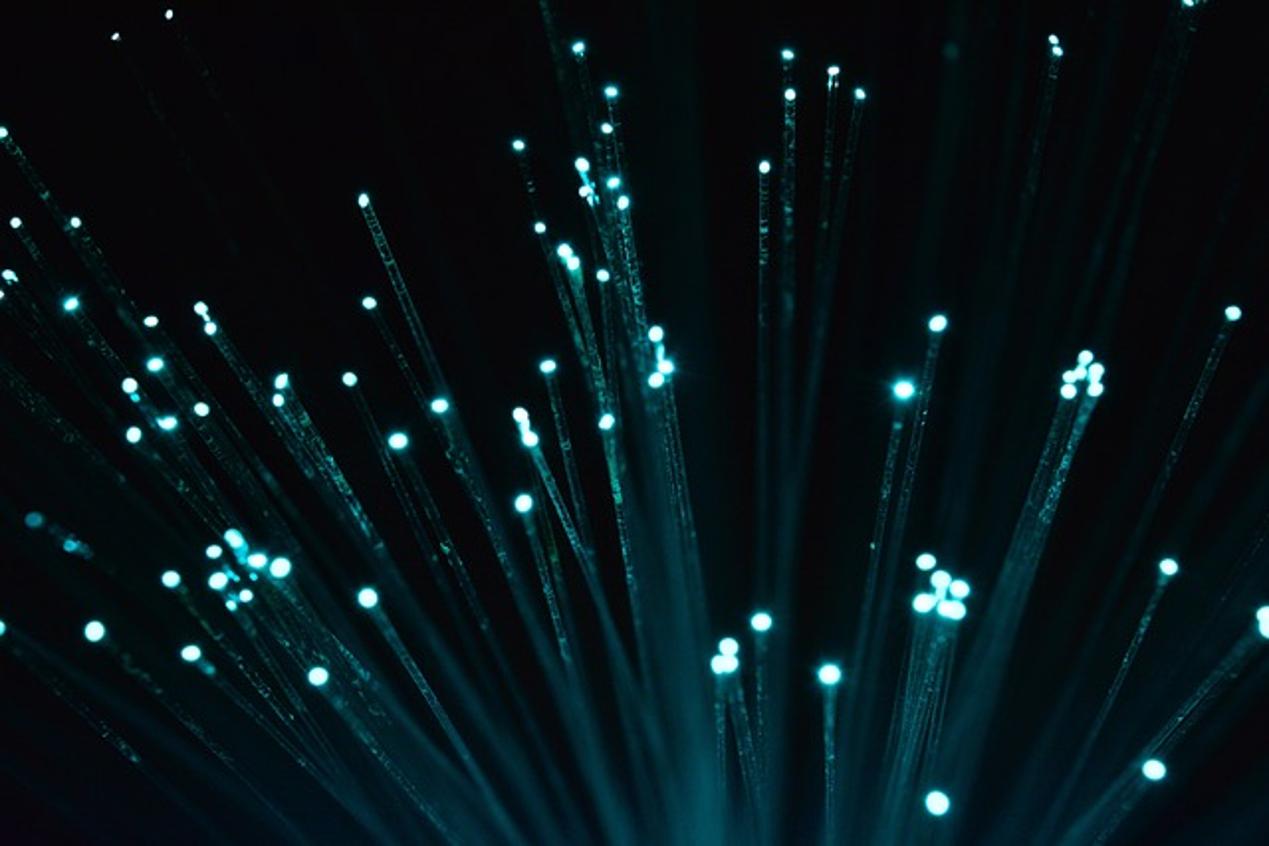Introduction
Wiring LED lights can seem complicated, but with the right guide, it becomes a manageable DIY project. LED lights are growing increasingly popular due to their energy efficiency and longevity. Whether you’re looking to enhance your home’s lighting or add custom lights for a special project, this guide will walk you through everything you need to know. From gathering the necessary tools to troubleshooting common issues, you’ll be armed with the knowledge to confidently wire LED lights.

Tools and Materials Needed
Before starting your LED wiring project, ensure you have all the necessary tools and materials. Having everything on hand can save time and help the process go smoothly.
Tools:
- Wire cutters/strippers
- Screwdrivers (both flathead and Phillips)
- Soldering iron and solder
- Electrical tape or heat shrink tubing
- Voltage tester
- Multimeter for electrical reading
Materials:
- LED lights
- Appropriate gauge wire
- Connectors (wing nuts or crimp connectors)
- Power supply compatible with LED lights
- Mounting hardware (optional)
- Wire nuts
Having these tools and materials ready will make the wiring process more straightforward and efficient. Next, we will look at safety precautions to make this a safe project.

Safety Precautions
Wiring LED lights involves working with electrical components, which can be hazardous if not handled properly. It’s essential to follow safety guidelines to prevent accidents or damage.
- Turn off the power: Always switch off the power supply from your electrical panel before starting any wiring work.
- Wear safety gear: Use insulation gloves and safety glasses to protect yourself.
- Check voltage: Use a voltage tester to ensure there’s no live current in the wires you’ll be working on.
- Avoid water: Ensure your working environment is dry, and never handle electrical components with wet hands.
- Follow manufacturer guidelines: Each LED system might have specific instructions and safety warnings. Follow them closely to avoid mishaps.
With safety as a priority, you can now focus on understanding the fundamentals of LED lights, which will help in optimizing your setup.
Understanding LED Light Basics
LED, or Light Emitting Diode, lights operate differently from traditional incandescent bulbs. Here’s what you need to know about LEDs before starting your wiring project.
How LEDs Work:
LEDs produce light through electroluminescence, where semiconductor material emits light as electricity passes through it. This process is more efficient than the filament-heating method used in incandescent bulbs.
Benefits of LEDs:
- Energy Efficiency: LEDs use significantly less power.
- Longevity: They last longer, up to 25,000 to 50,000 hours.
- Versatile Applications: Suitable for a wide range of applications from simple home illumination to complex decorative setups.
Understanding these basics allows you to better plan your LED setup and make informed choices about the components and configurations. Now, planning your setup is the next crucial step to ensure a smooth and efficient project.

Planning Your LED Light Setup
Proper planning is essential for a successful LED wiring project. It minimizes mistakes and ensures an optimal lighting setup.
Determining Your Needs:
- Location: Identify where you want to install the LED lights. This could be indoor, outdoor, under cabinets, or for decorative purposes.
- Purpose: Determine the function of the lights. Are they for ambient lighting, task lighting, or accent lighting?
- Power Supply: Confirm the type of power supply. Standard home wiring is 120V AC, but LED systems often need a lower voltage DC power supply, necessitating a transformer.
Mapping the Setup:
- Sketch the Plan: Draw a layout of where each LED light will be installed.
- Wire Length: Measure the required wire length, considering the distances between the power source and each light.
- Component Placement: Identify where the power transformer and any controllers will be placed in relation to the LEDs.
Calculating Load:
Ensure your power supply can handle the total wattage of all LEDs combined. Overloading the power supply can lead to overheating and possible failure.
Step-by-Step Wiring Process
With planning complete, let’s dive into the step-by-step wiring process.
Step 1: Cut and Strip the Wires
- Measure and Cut: Measure the length of wire you need and cut it using wire cutters.
- Strip the Ends: Using wire strippers, strip about 1/2 inch of insulation from both ends of each wire.
Step 2: Connect the Wires to the LED Lights
- Locate Terminals: Find the + (positive) and – (negative) terminals on the LED light.
- Connect Wires: Attach the positive wire to the positive terminal and the negative wire to the negative terminal. Secure using connectors or soldering.
Step 3: Connect to Power Supply
- Identify wires from power supply: Typically, the red wire is positive, and the black wire is negative.
- Match and Connect: Connect the positive wire from the LED to the positive output of the power supply, and the negative wire to the negative output.
- Secure Connections: Use wire nuts or crimp connectors to secure connections, then wrap with electrical tape for insulation.
Step 4: Secure the Wiring
- Mount LEDs: Attach the LEDs to their designated spots using mounting hardware.
- Organize Wires: Use clips or cable ties to keep wires neat and secure to avoid tangling or damage.
Step 5: Connect Power Supply to Main Power
- Turn Off Power: Ensure the main power supply is off.
- Wire Connections: Connect the power supply input wires to your home’s electrical system.
- Power On: Turn on the main power and supply to check if the system is working.
Testing and Troubleshooting
After completing the wiring process, it is crucial to test the system and troubleshoot any issues that arise.
Testing:
- Initial Power-On: Turn on the LED lights via the main switch.
- Check Each Light: Ensure that all LED lights illuminate as expected.
- Voltage Testing: Use a multimeter to check the voltage at various points to ensure consistency.
Troubleshooting:
- Flickering Lights: This could indicate a loose connection or an insufficient power supply. Check all connections and ensure the power supply matches the LEDs’ requirements.
- LEDs Not Lighting Up: Verify that the polarity of the connections is correct (+ and -). Check for any broken wires or faulty components.
- Dim Lights: This can be due to voltage drops. Ensure the wire gauge is appropriate for the load and distance.
By following these steps, you’ll be able to identify and fix common issues, ensuring a smoothly functioning LED lighting system.
Conclusion
Wiring LED lights is a rewarding DIY project that not only enhances your environment but also saves energy and costs in the long run. By following the step-by-step guide provided, you’ll be able to complete the task safely and efficiently. From gathering the necessary tools to understanding the fundamentals of LEDs and troubleshooting, you’re now equipped with all the information needed for a successful wiring project.
Frequently Asked Questions
What tools do I need to wire LED lights?
You’ll need wire cutters/strippers, screwdrivers, a soldering iron, electrical tape, a voltage tester, and a multimeter.
Can I use LED lights with my existing home electrical system?
Yes, you can. However, since most home systems are 120V AC and LEDs often require low voltage DC, you may need a compatible transformer.
How do I troubleshoot issues with my LED lights?
Check for loose connections, correct polarity, appropriate wattage from the power supply, and use a voltage tester or multimeter to diagnose issues.
